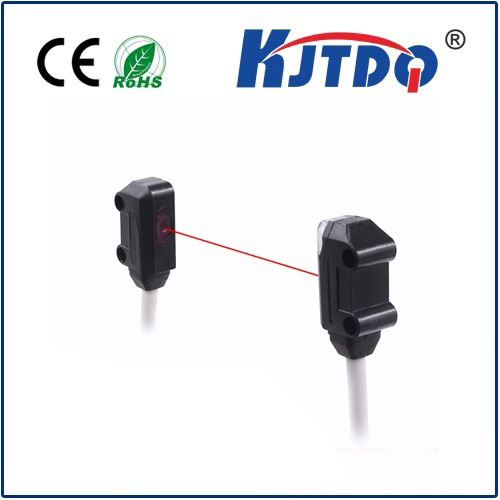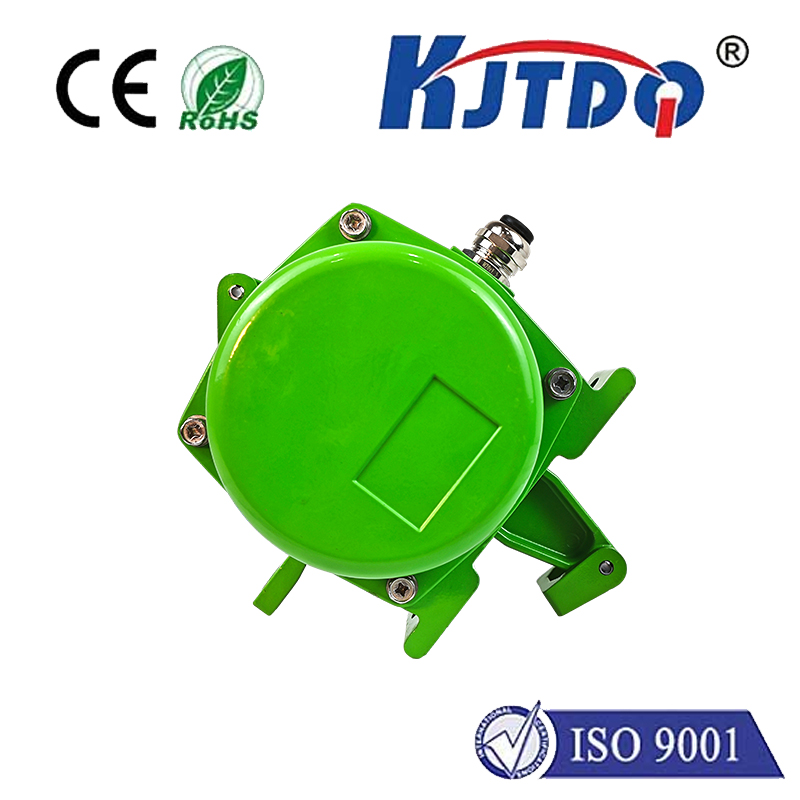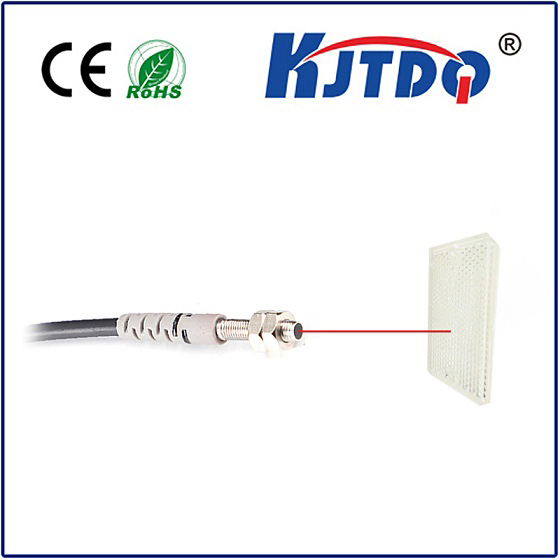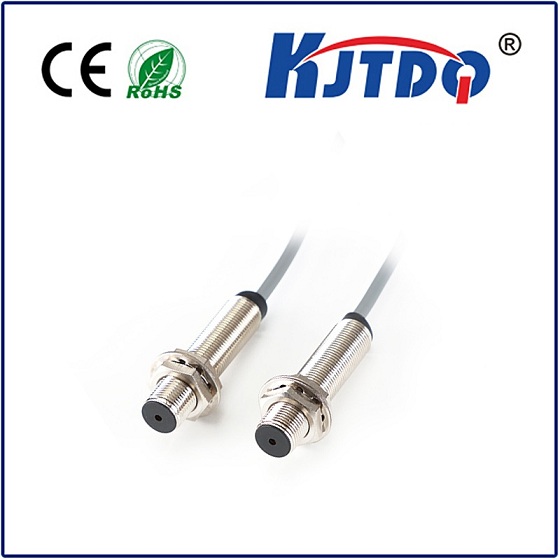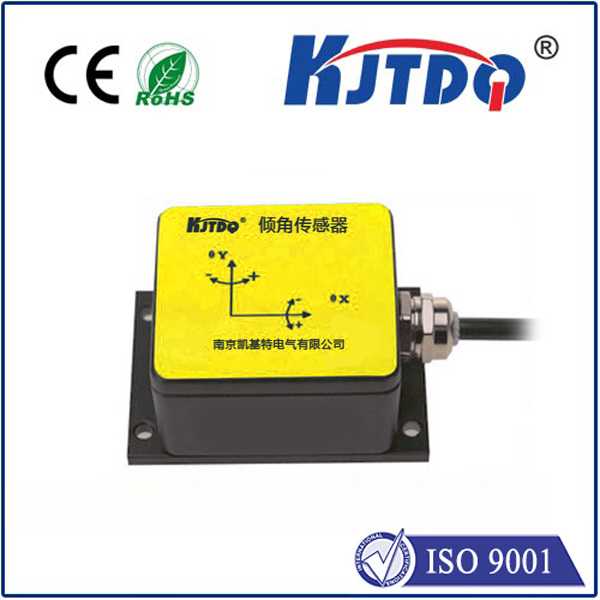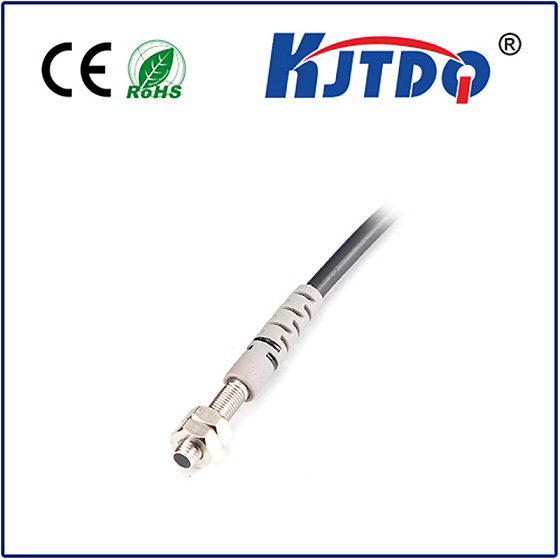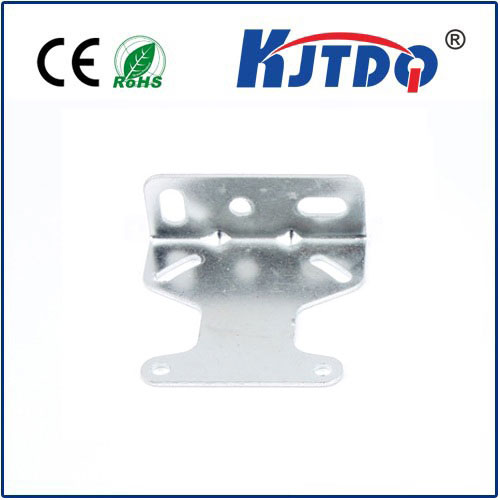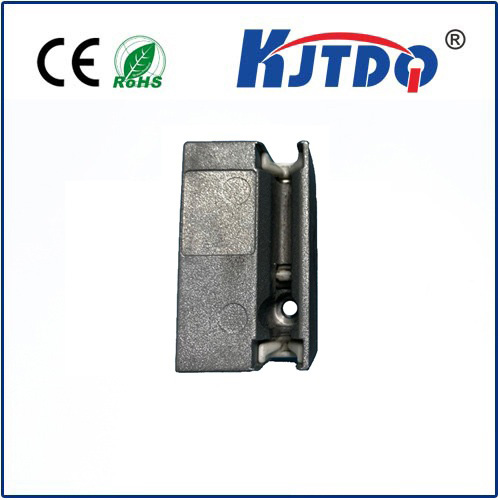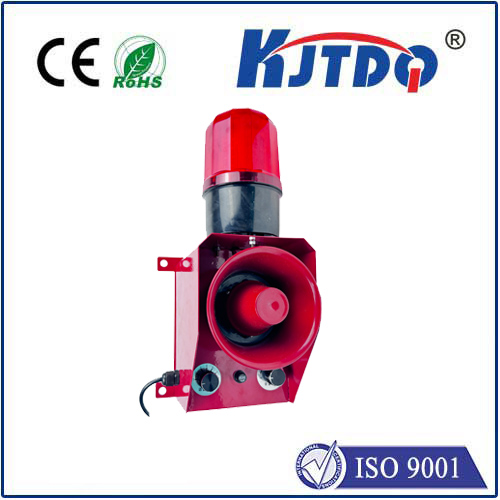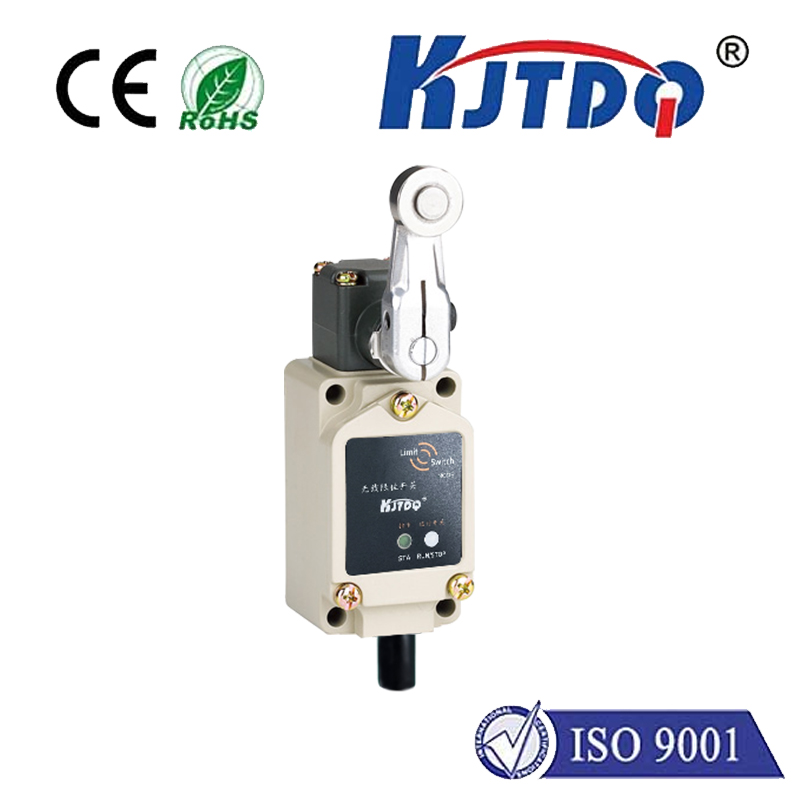
check

check

check

check
In the field of mechanical engineering, limit switches are essential components that help control the motion of machines. One particular type of limit switch that has gained popularity in recent years is the Bernstein limit switch. This switch is designed to withstand high levels of wear and tear, making it ideal for use in demanding applications. In this article, we will explore what a Bernstein limit switch is, its features, and how it differs from other types of limit switches.
1. What is a Bernstein Limit Switch?
A Bernstein limit switch is a type of mechanical switch used in industrial automation systems to control the movement of machinery. It is named after its inventor, Dr. Herbert Bernstein, who developed the first prototype in the 1940s. The switch consists of a contactor that is activated when an object comes into contact with its sensing element. Once triggered, the contactor opens or closes a circuit, allowing or preventing the machine from moving.
2. Features of a Bernstein Limit Switch
Bernstein limit switches have several unique features that set them apart from other types of limit switches:
a) High-temperature resistance: These switches can operate in temperatures ranging from -40°C to +250°C, making them suitable for use in harsh industrial environments.
b) High-torque capacity: The contacts used in Bernstein limit switches can handle high levels of torque, ensuring reliable performance even under heavy loads.
c) Long lifespan: Thanks to their robust construction and high-temperature resistance, Bernstein limit switches have a longer lifespan compared to other types of switches, saving manufacturers time and money in maintenance.
d) Easy customization: Customizable versions of these switches can be designed to suit specific application requirements, such as different sizes, shapes, or actuation mechanisms.
3. How a Bernstein Limit Switch Works
The operation of a Bernstein limit switch involves several steps:
a) Object engagement: When an object comes into contact with the sensing element (usually a magnetic coil), it causes a magnetic field to be generated around it. This field interacts with the contacts inside the switch, creating a path for current to flow.
b) Contact closure: As the magnetic field continues to exist around the object, it pushes the contacts towards each other, closing the circuit and activating the switch.
c) Release of objects: When the object is no longer in contact with the sensing element, the magnetic field fades away, causing the contacts to move apart and open the circuit, effectively deactivating the switch.
In conclusion, the Bernstein limit switch is a versatile and robust solution for controlling industrial machinery. Its high-temperature resistance, high-torque capacity, long lifespan, and customizability make it an excellent choice for a wide range of applications. By understanding the inner workings of this switch and its features, engineers can confidently select the best solution for their specific needs.
